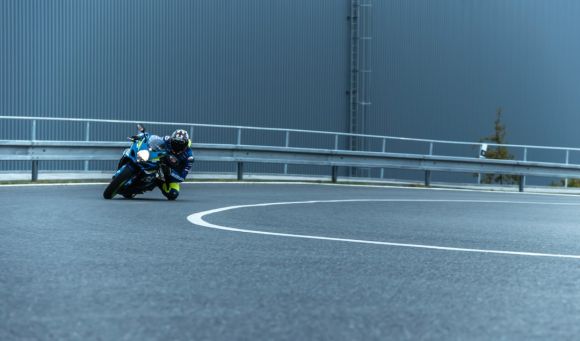When it comes to horseback riding, mastering proper body positioning is essential for both safety and success. The way a rider positions their body directly influences their balance, control, and communication with the horse. In this article, we will explore the significance of body positioning in riding, and how it can improve your overall riding experience.
Maintaining a Neutral Spine
One of the fundamental principles of body positioning in riding is maintaining a neutral spine. This means keeping your back straight and aligned with your head, shoulders, and hips. A neutral spine allows for better balance, stability, and flexibility in the saddle. It also helps to distribute your weight evenly, preventing excessive pressure on certain areas of the horse’s back.
Engaging the Core
Another key aspect of body positioning is engaging the core muscles. Your core muscles, including the abdominals and lower back, provide stability and support in the saddle. By keeping your core engaged, you can better absorb the horse’s movements and maintain a strong and centered position. This not only enhances your balance but also allows for more effective communication with the horse through your seat and aids.
Relaxing the Lower Body
While it is important to engage your core, it is equally important to relax your lower body. Tension in the legs and hips can interfere with your ability to follow the horse’s movements and can create unnecessary resistance. By relaxing your lower body, you allow the horse’s motion to flow through you, resulting in a more harmonious and effective ride.
Aligning the Shoulders and Hands
Proper alignment of the shoulders and hands is crucial for clear and effective communication with the horse. Your shoulders should be relaxed and aligned with your hips, allowing for a balanced and centered position. Your hands should be soft, following the movement of the horse’s mouth, and positioned slightly above the withers. This alignment allows for a more direct and sensitive connection between your aids and the horse’s responses.
Developing a Independent Seat
A key goal in riding is to develop an independent seat, which means being able to move with the horse’s motion while maintaining balance and control. By mastering body positioning, you can develop a deeper connection with the horse and become more attuned to its movements. This allows you to make subtle adjustments in your body position to maintain equilibrium and effectively communicate with the horse.
Enhancing Performance and Safety
Proper body positioning not only improves your overall riding experience but also enhances your performance and safety in the saddle. By maintaining a neutral spine, engaging your core, and aligning your shoulders and hands, you can improve your balance, control, and communication with the horse. This leads to more precise and effective riding, whether you are participating in dressage, jumping, or trail riding.
Conclusion: A Foundation for Success
In conclusion, body positioning is a fundamental aspect of horseback riding that should not be overlooked. By mastering proper body positioning, you are setting a solid foundation for success in the saddle. It allows you to maintain balance, control, and communication with the horse, leading to a more enjoyable and rewarding riding experience. So, next time you mount your horse, remember the importance of body positioning and strive to achieve a strong, balanced, and harmonious connection with your equine partner.
